Gastric ulcer can be quite a painful disease, manifesting through high levels of discomfort and many agonizing moments. Fortunately, there are certain approaches to this problem which may result in a successful treatment, allowing people suffering from gastric ulcers to find relief.
Facts about Gastric Ulcers
Basically, a gastric ulcer is an oval sore, which can also be round, located on the stomach lining that has previously been destroyed through exposure to stomach acid or digestive juices. Most people with stomach ulcers have duodenal ulcers, located in the initial part of the intestine. On the other hand, if the ulcers appear inside the stomach, these are referred to as stomach ulcers. The symptoms of stomach ulcers commonly resemble symptoms of some other conditions, even though the most common ones are pain and burning sensations affecting the stomach area.
Reasons behind Stomach Ulcers
In the past, stomach ulcers were connected with an unhealthy lifestyle. However, lately, new medical research has shown a connection between hydrochloric acid and pepsin and gastric ulcers. Namely, the chemicals in question are known to provoke this condition due to the fact that they damage the lining of the digestive tract. Nevertheless, malnutrition and basing your diet on acidic food, as well as exposure to stress, both can be potential causes of gastric ulcers. Therefore, even though ulcers may not be directly triggered by lifestyle characteristics of a person, these factors can certainly make the problem worse.
Infections in the intestinal area may also lead to formation of stomach ulcers. Bacteria are commonly associated with this condition. Furthermore, overusing anti-inflammatory or arthritis medications can result in gastric ulcers due to the fact that these drugs destroy the stomach lining gradually.
Symptoms of Stomach Ulcers
Some of the most common symptoms of stomach ulcers are indigestion and heartburn, taking place in the middle or the upper abdominal area. Subsequently, burping, bloating or frequent hiccups may also be considered as symptoms of gastric ulcers. Loss of appetite may signify a presence of a gastric ulcer, along with nausea and a feeling of discomfort affecting the abdominal area. The pain may vary in location and manifestation, sometimes resembling hunger symptoms, forcing people to eat more, making matters worse once the sufferers gain excessive weight.
Additionally, dizziness, headaches, tiredness, scar tissue formation triggering frequent vomiting and various other health issues may be behind gastric ulcers too.
Treatment for Gastric Ulcers
Consuming milk and dairy products can relieve the symptoms of gastric ulcers. Antibiotics are commonly prescribed for getting rid of bacterial infections and antacid drugs are meant for controlling excessive stomach acid. Finally, a change in the diet, followed by a change in lifestyle and habits through resting, quitting smoking and drinking alcohol, can make all the difference when it comes to treating and preventing gastric ulcers.
- Among these factors, the two major damaging causes implicated in gastric ulcer and ulcer recurrence are infection with Helicobacter pylori (H. pylori) and long-term use of nonsteroidal anti-inflammatory drugs (NSAIDs). Toxins of H. pylori and NSAIDs disturb the ulcer healing mechanism by inhibiting epithelial cell proliferation, migration and angiogenesis, and by blocking growth factor triggered signaling pathways.
- Gastric ulcers respond to conventional treatment, including H2-RA, acid suppressant drugs and antibiotic drugs for eradication of H. pylori, as well as the withdrawal of NSAIDs. However, several studies have shown that, in the ulcer healing process, acid inhibition or H. pylori eradication is insufficient for complete ulcer healing since the decrease of PGs and the increase of oxygen free radical leads to a varying quality of ulcer healing and is intimately associated with ulcer recurrence.
- The antacid talcid activates epidermal growth factor (EGF) and EGF-R expression in normal and ulcerated gastric mucosa. EGF and EGF-R are crucial for cell proliferation, migration, re-epithelialization and gland reconstruction within the scar. In addition, antacids, especially hydrotalcite, cause activation of prostaglandin synthesis; binding to and inactivation of pepsin, lysolecithin, bile acids and H. pylori toxins; activation of heat shock proteins; and activation of the genes encoding EGF, bFGF and their receptors.
- In 1993, Arakawa et al, proposed the concept and definition of the quality of ulcer healing (QOUH) based on histological maturity of regenerated tissue in the ulcer area, for which the additional intervention might be a prerequisite, including PGs, radical scavengers and the way of spurting regeneration, as well as the removal of inflammation. Since several studies have reported that a low recurrence rate is intimately associated with the achievement of the QOUH, efforts to achieve the QOUH might impose the ideal healing of an ulcer as well as functional restoration.
- Ulcer healing is an orchestrated process of filling the mucosal defect with epithelial and connective tissue cells, including cell proliferation, migration, differentiation, regeneration, active angiogenesis and extracellular matrix deposition, leading to scar formation. The structure of a gastric ulcer consists of an ulcer margin, which is epithelial tissue formed by adjacent non-necrotic mucosa, and the granulation tissue which is connective tissue.
- Clinical treatments for gastric ulcer have allowed rapid development of anti-ulcer drugs and gastric ulcer healing is successful with conventional treatments, including H2-RA, PPI and the eradication of H. pylori infection.


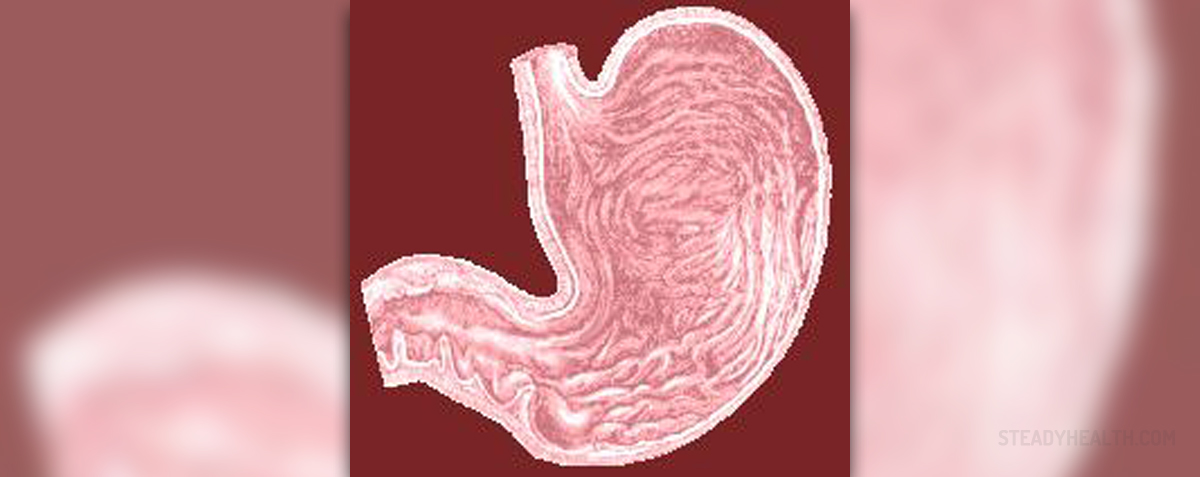

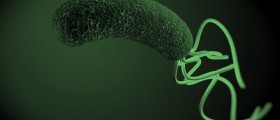

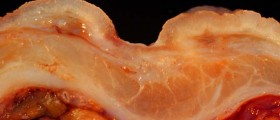
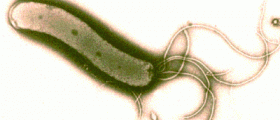


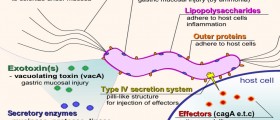



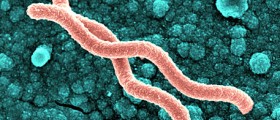



Your thoughts on this
Loading...